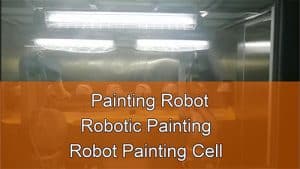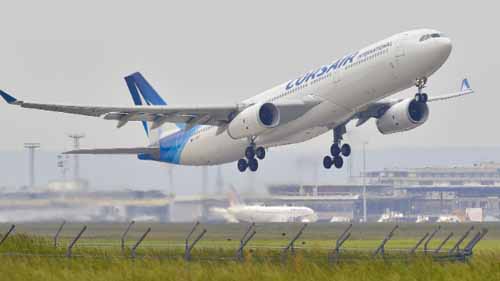
Source: Unsplash
The aerospace industries and the defense departments are usually tied together the world over. Both have had a long history and have seen their fair share of development over the years, and both have also shown great interest in automating their manufacturing.
Building planes for commercial and defense purposes is not an easy thing. It takes months or even years, just to make one. To be able to pull this off much faster without compromising anything has pushed the use of industrial robots in these sectors through the ceiling.
We are going to look at how robots are utilized in aerospace and defense manufacturing.
Robotic Applications in Aerospace and Defence Industry
The following are some of the roles played by robotics in the aerospace and defense industries
Non-Destructive Testing
Testing products to see if they are good for use is part of manufacturing. When dealing with the manufacture of planes and weapons, tests have to be carried out to ascertain their viability. These tests used to include real crash and weapon tests, but that used to be costly and dangerous.
But when robots are involved, the work becomes much easier and the results more accurate. Tests can now be simulated using robots without putting any human life on the line or destroying expensive machines.
Drones
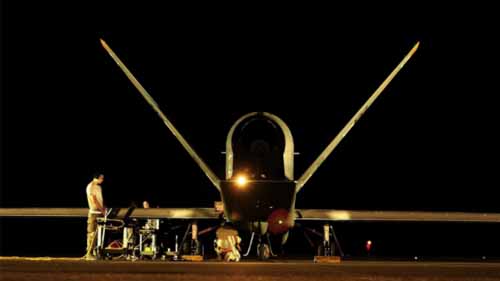
Source: Pixabay
Everyone has heard of drones by now. They are unmanned aerial vehicles that are used for remote strikes and assaults. They are essentially advanced robots that use Artificial Intelligence to launch attacks with frightening precision.
The growing use of drones has triggered another arms race since everyone understands pretty well how the future is going to be shaped by this type of weaponry. There are many reservations against the use of such powerful weapons, but many are arguing that by being used remotely, they have reduced pilot deaths by huge numbers.
Arc Welding
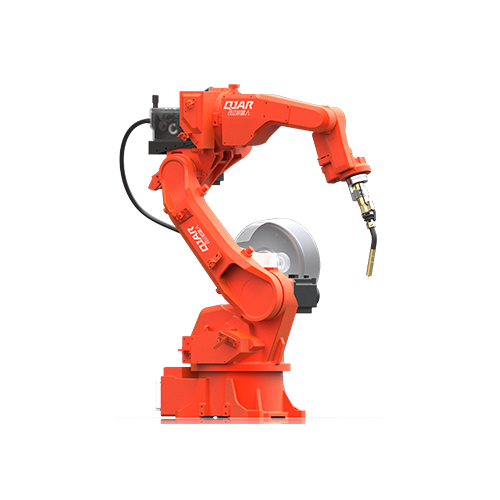
No machines on earth can be out together without welding. It is the only working process that can bind metals together without leaving any weak spots. Rockets and military equipment make use of automated welding processes to join tough metals for durability; metals like titanium and nickel alloys have to be welded properly for the integrity of the whole structure to hold.
Robotic welding, therefore, is a very important process in all levels of manufacturing around the world.
Part Inspection
When you consider the number of hours rockets spend in the sky, you would be concerned about their safety, a perfectly natural response, one shared by those that make the planes. Before a plane is certified safe for use, it has to undergo countless tests and inspections.
These tests have to be conclusive, and the only way to achieve that is through robot inspections. There are some types of inspection robots that are programmed to do a sweep of the whole plane, searching for anything that may be off. This includes the software for controlling the whole aircraft.
Automated Fibre Placement
This is a process where industrial robots create a composite pact by putting together several layers of carbon-fiber tape. Carbon-fiber is now widely used in the aerospace industry because it is lighter and more durable than conventional metal, the two things that the aerospace industry has been trying to address for years, finding an alternative option for solid metals.
Benefits of Robotics in Aerospace and Defense Manufacturing
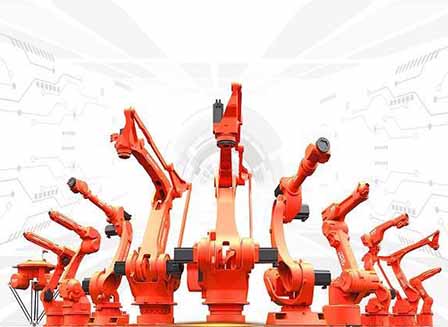
Air travel is increasing, and every country around the world is always looking to bolster their defenses. As more and more people turn to industrial automation and robotics, there are some benefits that are being realized. Some of them include the following
Safety: Planes are getting bigger, faster, and safer as more technology is pumped into the manufacturing process. Quality control is the hallmark of robotics, and nothing is ever overlooked. The countless tests that follow before certification ensure that nothing is left to chance. Confidence in air travel is at an all-time high.
Increased Productivity: On average, it takes about 9-12 months to build a commercial airplane; that is an awfully long time. However, thanks to industrial automation, that time keeps getting shorter as industrial robots get faster and better. This allows aviation companies to launch new planes faster as the number of their clients increases.
Conclusion
More is expected from aerospace, industrial robots as the competition among aviation companies heats up. As more of the major players and new startups realize that using robot application in manufacturing processes them money and time, more funds get injected into industrial robot programming for the future. It is only a matter of time before everything from scratch is left in the hands of manufacturing robots.
Also Read:
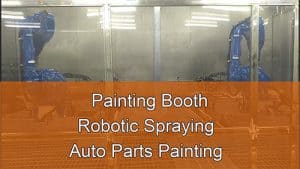
Painting Booth | Robotic Spraying | Auto Parts Painting
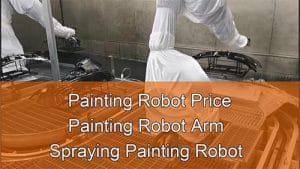
Painting Robot Price|Painting Robot Arm|Spraying Painting Robot
